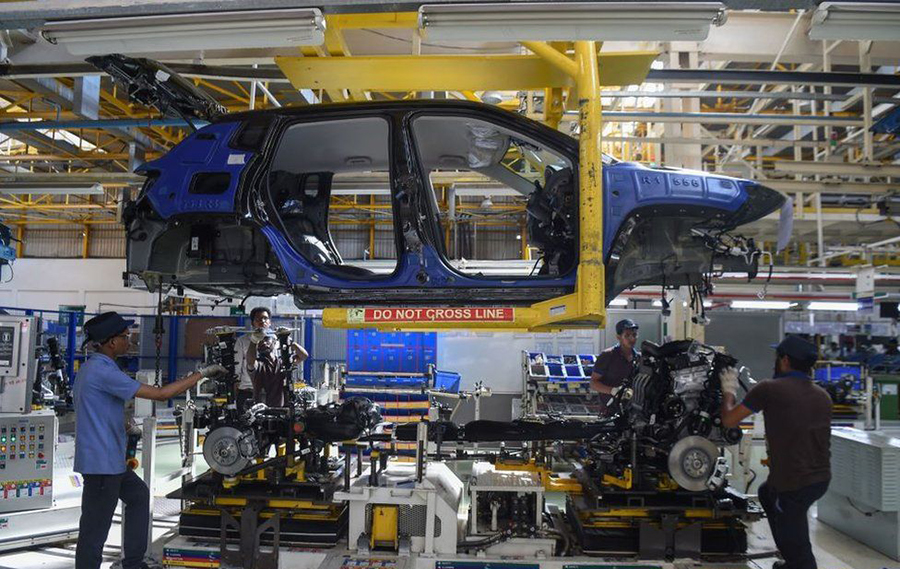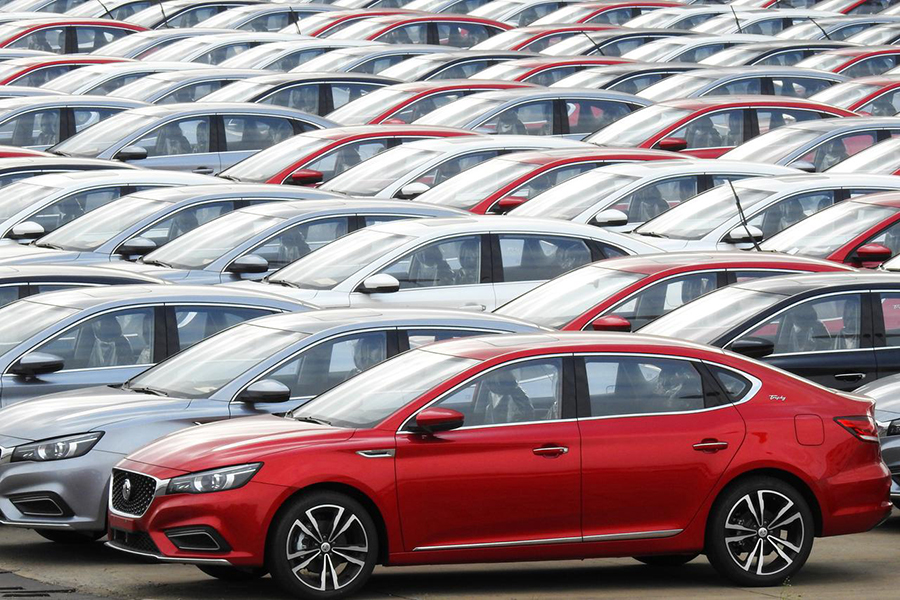A while ago I asked a question, “Will we ever walk back on failed industrial policy?” and I cited the automotive policy as an example of failure.
In case you have forgotten what the policy is, in 2014 the federal government increased import tariffs and duties on imported new and used vehicles to as high as 70 percent while reducing tariffs on semi-knocked down and complete knocked down vehicles and assembly machinery to a range of 0 to 10 percent.
This was done to spur local production. Sounds familiar right?
Every economist who has taken an Econ 101 loss knows that, except under certain conditions mostly centered around strong internal competition which raises productivity, this strategy typically fails.
The lesson about dead-weight losses and all that. Still, the minister was in the news today talking about how “the policy has resulted in 29 out of the 54 licensed assembly plants coming on stream as at February 2018”. In short, according to the ministry, their automotive policy is working as planned.
Luckily we have a statistics agency that actually measures how large the vehicle assembly sector is each quarter. What does the NBS say about our automotive sector?
An industry that to all intents and purposes was growing at a healthy pace has been cut short. That is, even before you start to think about the welfare losses from the 70 percent increase in tariffs to consumers, the vehicle manufacturing sector HAS NOT grown but has been in decline.
Hold on, I know what you are thinking. The rest of the economy has been in decline so obviously vehicle manufacturing and assembly would be no different. Well, even if you look at vehicle manufacturing as a share of GDP, that is taking the trajectory of the economy into account, the story is still the same.
It is obvious to any who cares to observe that the automotive policy has been an abject failure. Unfortunately, governments rarely recognize failures but often choose to double down on them. To be fair this is not unique to Nigeria. It is still a shame though.






















